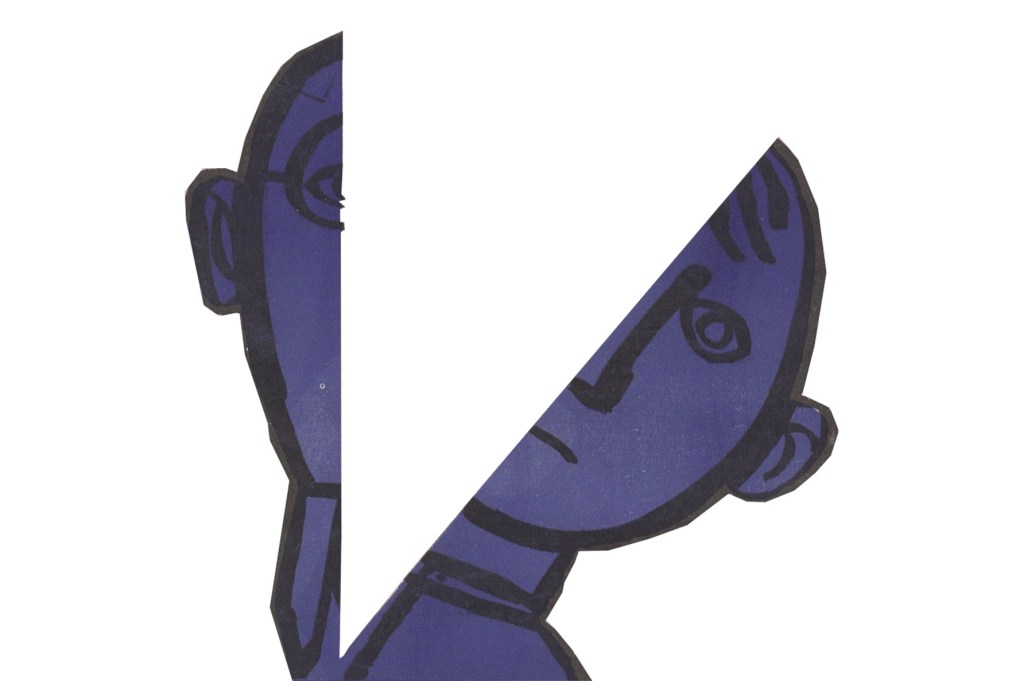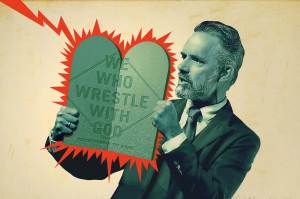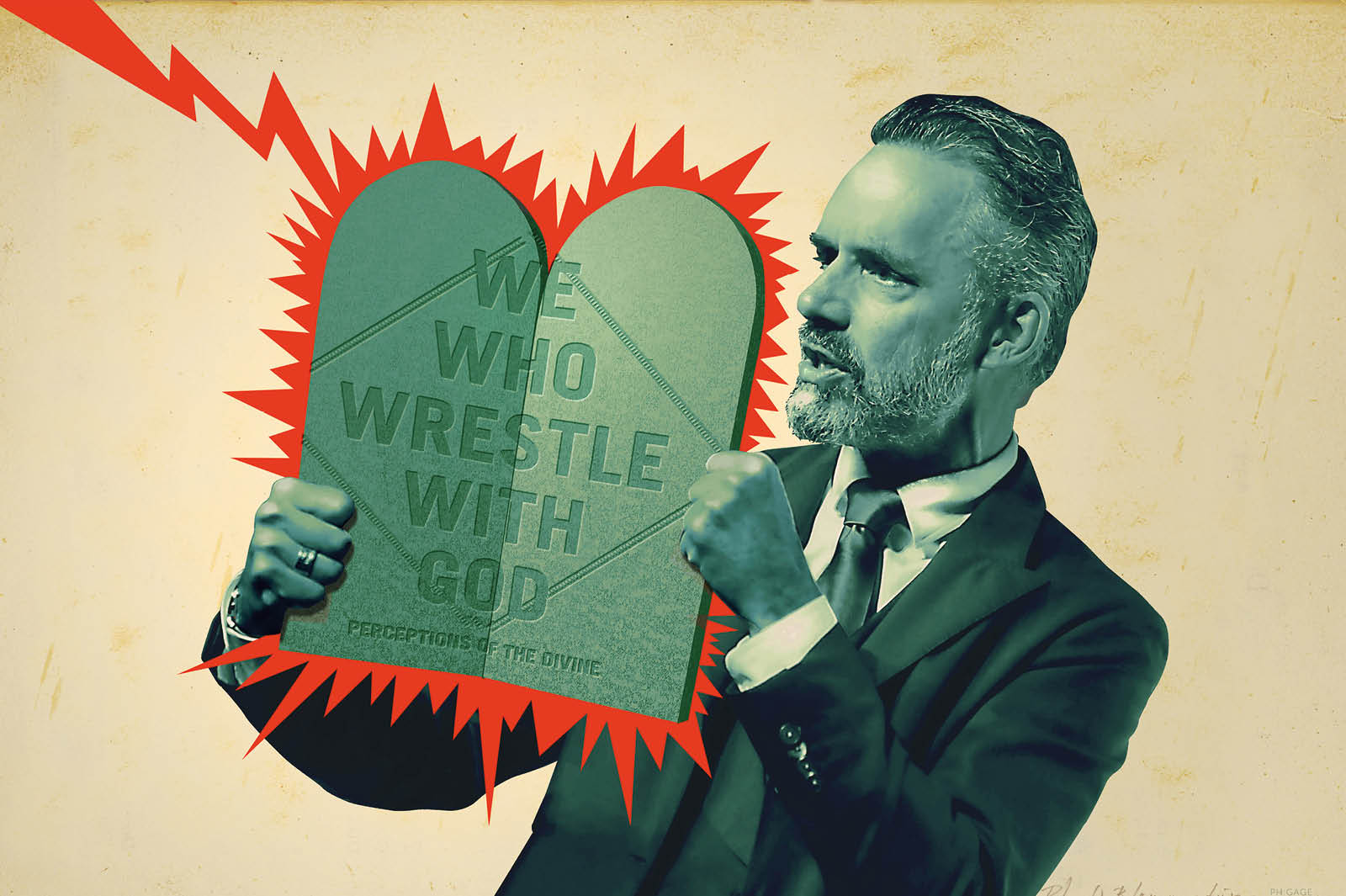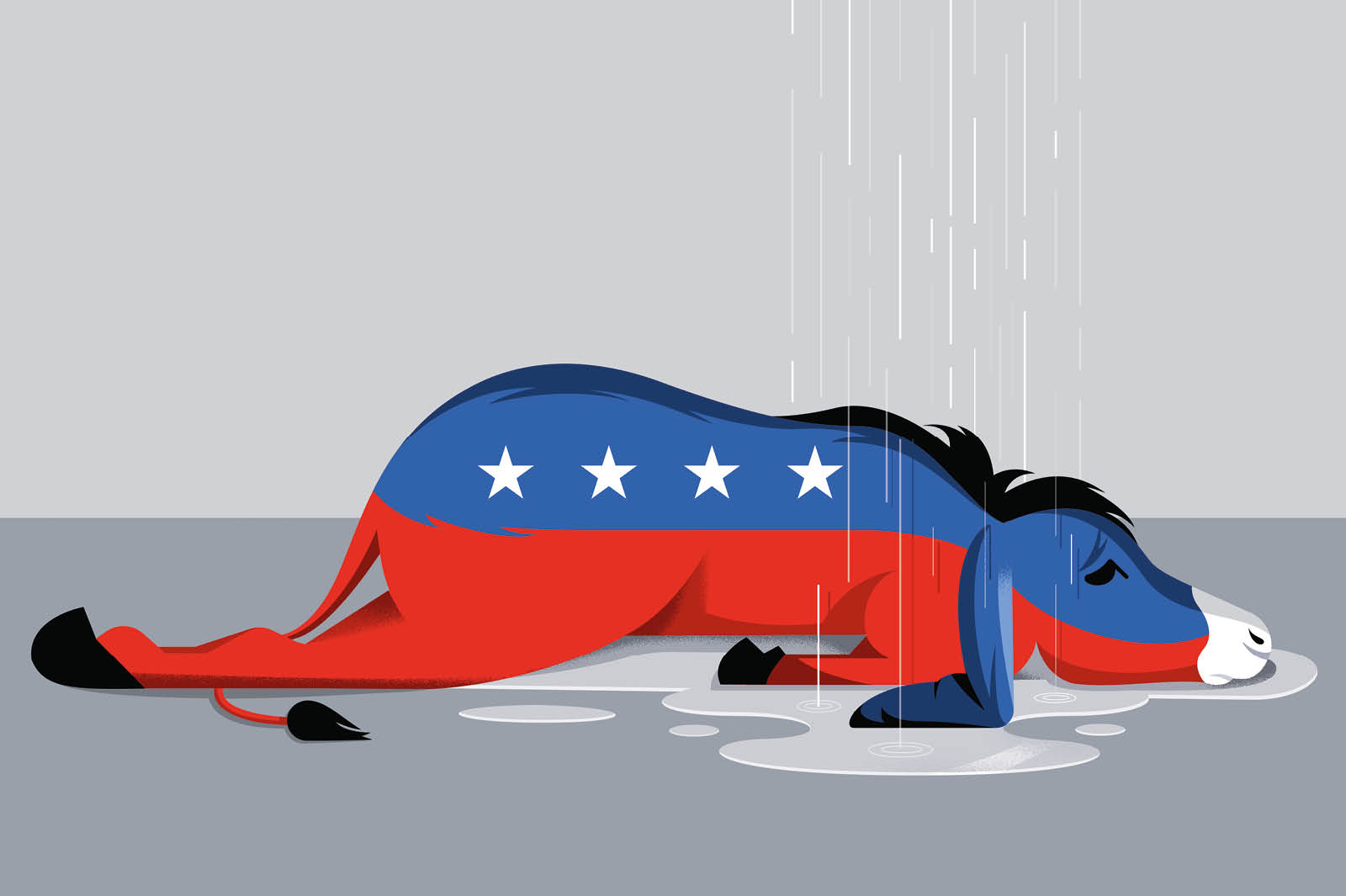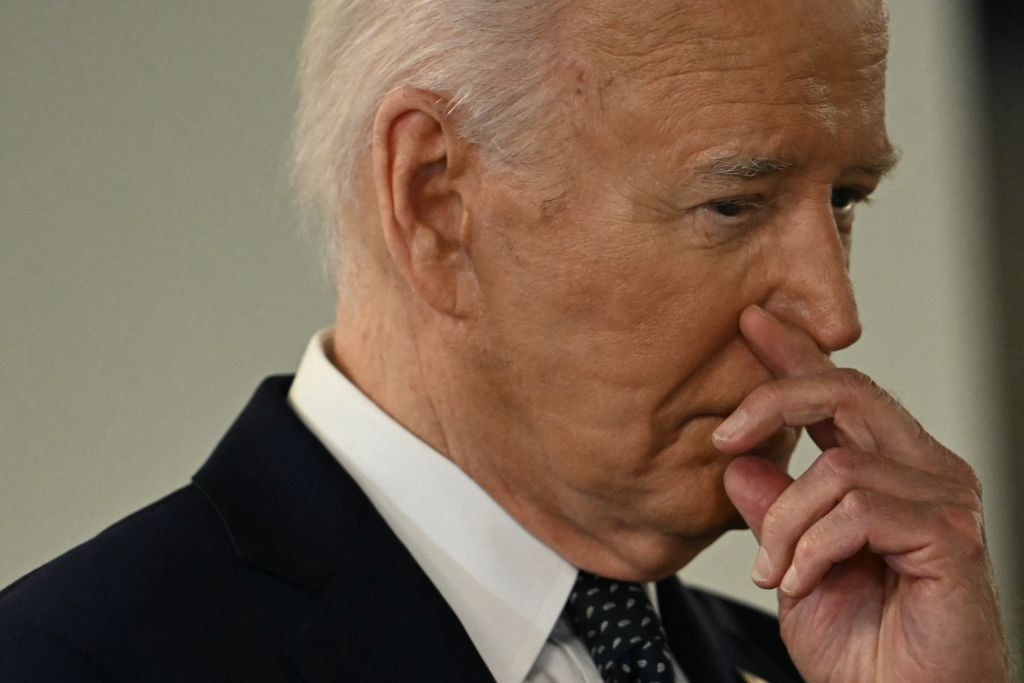You may have noticed over the last decade a steady increase in the promiscuous use of the word “trauma.” A word that once referred exclusively to grievous injuries of body and mind (gunshot wounds, PTSD, that sort of thing) can now describe virtually anything. Psychotherapists and clinical psychologists are the main super-spreaders of this hyperbolic virus, though educators, politicians and of course celebrities are now getting in on the act.
But trauma is more than just an annoying buzz word. Its inexorable creep into common parlance is the culmination of a sustained campaign to politicize healthcare that has been going on for thirty years. Along the way it has resurrected some of Sigmund Freud’s more bizarre theories about childhood development, and married them with social justice concerns to become what is effectively a secular religion.
Anyone who is familiar with the work of Sigmund Freud knows that his psycho-sexual theories developed in two distinct stages. The first posited that people who were mentally or emotionally unwell had repressed traumatic memories (almost always of sexual abuse in their childhood). He eventually gave up on this theory. In its stead he developed his equally infamous theory of infantile sexuality, in which children experienced sexual feelings through different erogenous zones during distinct stages of their development. It may surprise and horrify you to learn that both theories are alive and well in the current mental healthcare establishment, where they have been rebranded into a pseudoscientific theory about childhood trauma that leads to brain damage, addiction, and disease.
This Freudian reformation began in the 1990s with the Adverse Childhood Experiences Study. The ACE study as it became known, was conducted between 1995 and 1997. The lead researcher was a physician called Vincent Felitti, who worked at Kaiser Permanente’s Department for Preventative Medicine in San Diego. Dr. Felitti ran a weight loss program at Kaiser, and he had a problem. His obese patients kept dropping out. Not only that, it was the ones who were doing well who were dropping off the most. Confused by this, Felitti conducted follow up interviews with as many of those patients as he could, and what he found was shocking. Out of the 286 interviews, a significant amount reported that they had been sexually abused as children. These revelations caused Felitti to reflect on Freud’s psycho-sexual theories. What if his patients had grown up using their obesity as a protective mechanism to deter sexual predation? Maybe that was why they were unwilling to lose too much weight. Or what if comfort eating was some kind of self-medication? An “oral fixation” which compensated for the nurturing they should have received as children?
Inspired by these hypotheses, Felitti approached colleagues at the Centers for Disease Control and set about designing the ACE study. The study asked some 17,000 patients in California’s healthcare system ten questions about adverse experiences in their childhood (which they dubbed ACEs). Specifically they asked them questions about three types of abuse (physical, sexual, and psychological); two types of neglect (physical and emotional); and five different types of household dysfunction (exposure to mental illness, substance abuse, domestic violence, criminal behavior and divorce or separation of parents). Those “ACE scores” were then mapped onto the respondents’ current health status as adults.
The results were stark. Children who experienced four or more of these ACEs were deemed two to four times more likely to smoke, and four to twelve times more likely to become alcoholic or drug addicted as adults, compared to people with an ACE score of zero. Further, the study found that high ACE scores were strongly correlated with ischemic heart disease, cancer, chronic lung disease, and even skeletal fractures later in life. It seemed that childhood trauma wasn’t just causing obesity. It was causing all manner of addictions and health problems in later life.
Over the following decade Dr. Felitti became something of a hero to mental health professionals. Helping professionals like counselors and psychologists are almost overwhelmingly left-leaning, so Felitti’s work was well received in such circles. It seemed to vindicate their convictions that social ills like health inequality and addiction had purely sociological causes, and could therefore be solved only by direct government action.
By the end of the decade the ACE study was so lauded that organizations like the World Health Organization were adopting the concept. In 2012, they issued their own questionnaire (the ACE-IQ) which sought to measure ACEs across the globe. The WHO noted that ACEs can “disrupt early brain development and compromise functioning of the nervous and immune systems.” So not only were ACEs causing actual organic disease, they were permanently rewiring the brain. As a result, large sums of money began pouring into research which sought to isolate the specific bio-markers of adverse childhood experiences, and the idea that early life adversity might be “biologically embedded” took hold.
By the 2010s the idea that childhood trauma causes physical illness began to seep its way into popular culture. Magazine and newspaper articles ran headlines linking childhood trauma to migraines, cancer and autoimmune disease. Numerous cities across America (such as New Orleans and Baltimore) started initiatives to protect children from trauma induced brain damage. Universities and schools ran training seminars to create “ACE-awareness” in their staff. In 2018, first minister Nicola Sturgeon gave an introductory speech to welcome some 2,000 delegates to the first ACE-Aware Nation conference in Scotland. She noted that ACEs can “affect children’s physical and mental health” and vowed to make sure that “an understanding of ACEs is embedded right across our services.” All of these initiatives cited the ACE study as their “proof” that childhood trauma causes addiction, disease and mental illness.
As of 2023, the original ACE study has been cited more than 15,000 times and “replicated” in hundreds, if not thousands of other studies. But few have seriously questioned its findings, or indeed the veracity of the idea that trauma permanently damages the brain. To my mind the ACE study was misleading, both in the way it presented its findings and the types of questions it asked. The results have proved to be disastrous for the mental health of our increasingly fragile younger generations.
For example, one of the ACE study’s initial findings was that a child who experienced four or more ACEs was twice as likely to become a smoker than a child with an ACE score of zero, and that those risks climbed with additional ACE’s. What the blurb emanating from the study didn’t emphasize however, was that only a minority of people with four or more ACEs go on to smoke (13.5 percent). Even lower rates of prevalence were observed with injection drug use and alcoholism (3.4 and 16.1 percent respectively). Surely, if childhood trauma is the main cause of addiction, and especially injection drug use (as has been portrayed endlessly by trauma advocates such as Dr. Gabor Maté, who recently gained notoriety for his televised “trauma-focused” therapy session with Prince Harry) then we should be seeing more than a 3.4 percent prevalence rate in those most effected. What this tells us as much as anything else, is that 85 to 95 percent of traumatized children do not go on to become addicts, alcoholics or even smokers.
The way the ACE study presented its findings wasn’t the only problem. There were multiple problems with the questionnaire itself. When we look at the wording of the questionnaire, what we find is that many of these so-called “adversities” weren’t actually that traumatic at all. They were subjective, vague and a virtual open invitation to self-indulgence and grievance. Take question one for example:
“Did a parent or other adult in the household often, or very often, swear at you, insult you, put you down, or humiliate you, or act in a way that made you afraid that you might be physically hurt?”
This is a hopelessly wide-ranging question. Given that the ACE questionnaire was quantitative, not qualitative, respondents could only answer yes or no. So if a respondent “felt like” they had been frequently “put down” by their parents during childhood, they could answer yes and would then be categorized as having suffered “psychological abuse.”
Question two asked: “Did a parent or other adult in the household, often, or very often, push, grab, slap, or throw something at you, or ever hit you so hard that you had marks or were injured?”
Obviously a simple “yes” leaves us completely in the dark as to whether the respondent was beaten up repeatedly by a brutal stepfather, or simply “grabbed” on occasion by his long-suffering single mother who was fed up with him smoking dope in his room. Nevertheless, any affirmative answer scored a point for “physical abuse.”
Question four was particularly weak: “Did you often, or very often, feel that no one in your family loved you or thought you were important or special — or [that] your family didn’t look out for each other, feel close to each other, or support each other?” Surely this is describing the majority of the planet?
As for the idea that childhood adversity is toxic to the brain, this is actually a radical claim with little in the way of real evidence. In his brilliant book The Trouble with Trauma, child psychiatrist Michael Scheeringa explains why evidence for the stress-damages-the-brain-theory is so thin on the ground. The only reliable evidence that would clearly demonstrate a link between trauma and subsequent changes in the brain, he says, would be a study that captures brain images before and after the trauma (a pre-trauma prospective study followed by another one after the event). Currently, there are very few of these studies due to the obvious fact that it is not ethical to induce trauma.
Instead there are lots of cross sectional studies. These studies look at brains after the trauma has occurred, but have no way of knowing what the brain looked like before the trauma (e.g. whether the person had an undersized amygdala, over-active pre-frontal cortex, or other neurological disability which might predispose them to a heightened traumatic response). The few before and after studies that do exist seem to point towards pre-dispositional vulnerabilities. Predisposition has also, so far at least, been the most successful theory explaining other psychiatric conditions like depression, schizophrenia, anxiety and bipolar disorder.
So the trauma damages the brain theory is the outlier here, and it is frankly incredible that governments, top tier universities, and entire professions have placed all their eggs into this big Freudian-hypothesis basket.
The reasons for this bias are fairly obvious however. Pre-disposition points to genes, a less headline-grabbing area of study, and therefore not as useful for raising funds for trendy political healthcare projects.
In the DSM-5 (the American Psychiatric Association’s Diagnostic and Statistical Manual, Fifth Edition) trauma is defined as a psychiatric disorder (Post-Traumatic Stress Disorder) which has horrendous and unmistakable symptoms. These symptoms occur (in some individuals) after being exposed to “actual or threatened death, serious injury or sexual violence.” Things that are certainly outside the realm of “normal human experience.” Psychiatrists have known this since the Vietnam war.
Nevertheless, since the 1990s psychiatrists under the sway of social justice politics (and bolstered by the findings of the ACE study) have been attempting to nudge a more watered-down version of trauma into the DSM. This includes “complex-trauma,” “developmental-trauma,” “relational-trauma” and other snappy, made-up disorders. These “knock-off” versions of PTSD have proven to be scientifically unverifiable, and have been rejected for inclusion in the DSM on multiple occasions, but nevertheless, they remain incredibly popular with clinicians and the public because they like them, and because they fit with what they believe. This concept creep around trauma is a perfect example of how bad, unscientific ideas can completely capture the zeitgeist when they peddle the right narrative.
If this politicization of psychology is not successfully challenged, I have grave fears for what the consequences will be. If we don’t stop using the word trauma, then those who suffer from real trauma (women who’ve been raped, children who’ve been burned, soldiers who’ve been blown up by mines) will have to share their services with those who, frankly speaking, don’t deserve them. And, people with addictions and other conditions that could be turned around with the right treatment will fail, because they are being protected and wrapped up in cotton wool by health professionals who are using them to fulfill their own professional and ideological goals. This cult of trauma must be stopped.
This article was originally published on The Spectator’s UK website.



